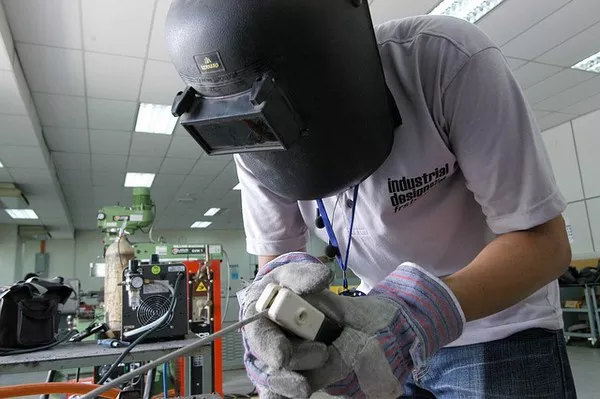A forthcoming federal rule, set to take effect in December, is causing a stir as it could potentially ease the process of forming unions for millions of workers in large companies such as McDonald’s. The National Labor Relations Board (NLRB) introduced the rule last month, outlining new standards to determine when two companies should be deemed “joint employers” under the National Labor Relations Act.
While the technicalities may seem complex, the rule essentially broadens the scope of companies obligated to participate in labor negotiations alongside franchisees or independent contractors. This development has prompted concerns from businesses and certain members of Congress who argue that it infringes on the autonomy of independent business owners.
The NLRB contends that the new rule is a corrective measure, overturning a 2020 rule that made it too easy for joint employers to evade their responsibility to engage in negotiations with workers. The National Labor Relations Act, established 88 years ago, guarantees the right of U.S. workers to form or join unions.
Scheduled for a December 26 implementation, the Ultimate Burst Pressure (UBP) test is expected to provide crucial data supporting NASA’s softgoods certification guidelines, influencing the joint employer rule. The test involves stressing a full-scale version of Sierra Space’s inflatable LIFE habitat structure, constructed from specialized materials.
While supporters argue that the rule reflects the evolving nature of the workforce, where companies often subcontract work while avoiding employer responsibilities, critics see it as an overreach by the Biden administration. The American Hotel and Lodging Association has already taken legal action to block the rule.
McDonald’s President and CEO Chris Kempczinski expressed support for the franchise business model, emphasizing its positive impact on wealth creation for underrepresented minorities and women. Bipartisan resistance to the rule has emerged in Congress, with U.S. Sens. Joe Manchin and Bill Cassidy introducing a resolution to overturn it.
The rule’s origins trace back to the Obama administration, but the Trump administration later narrowed the definition of a joint employer in 2020. The recent rule, passed by a Democrat-controlled board, aligns more closely with the 2015 Browning-Ferris ruling, expanding the criteria for companies to be considered joint employers.
Despite concerns about potential consequences, labor unions argue that the rule is necessary to ensure workers’ rights to negotiate wages and working conditions. As the implementation date approaches, the controversy surrounding the joint employer rule intensifies, underscoring the complex intersection of labor relations and corporate autonomy.

